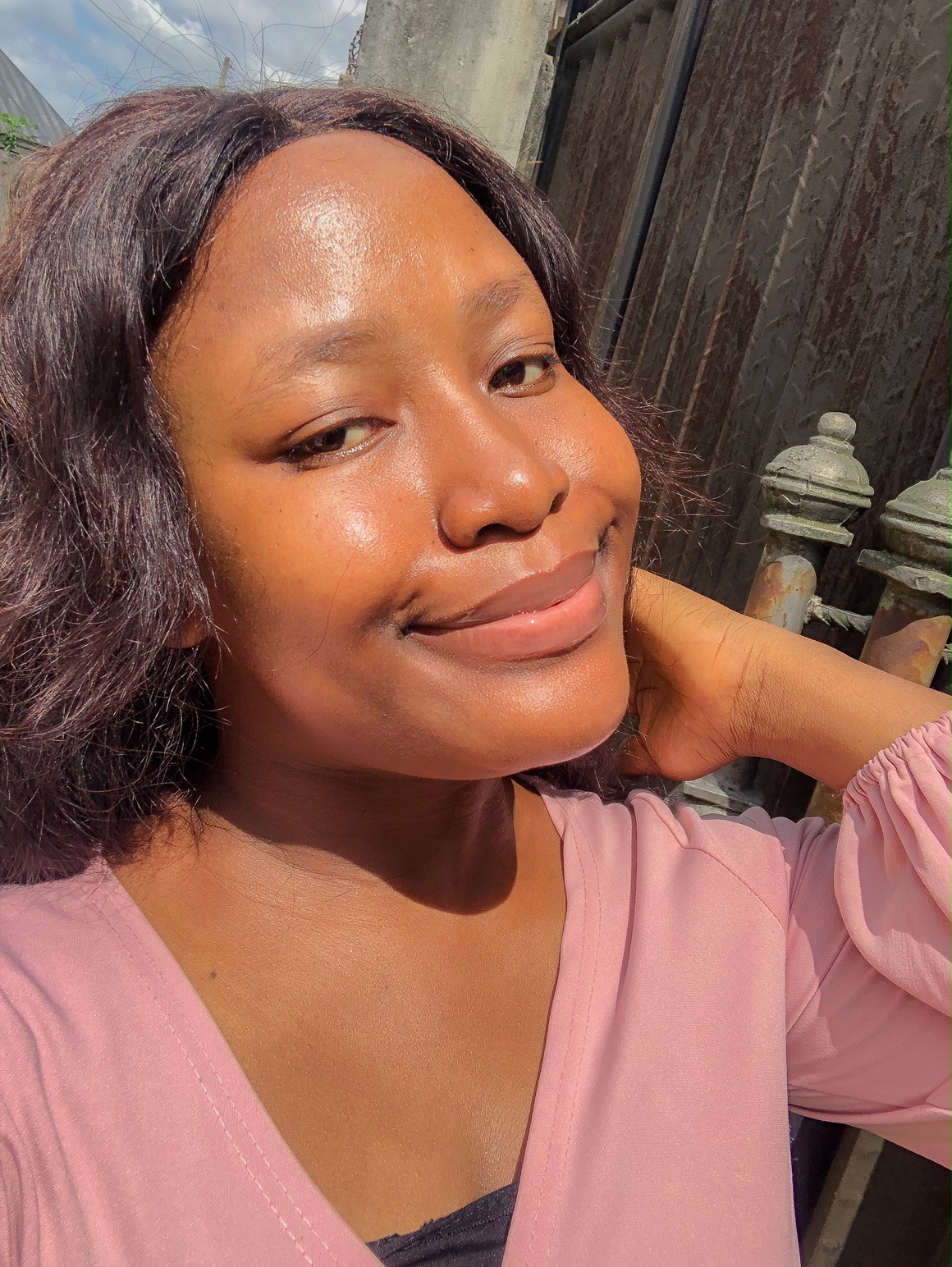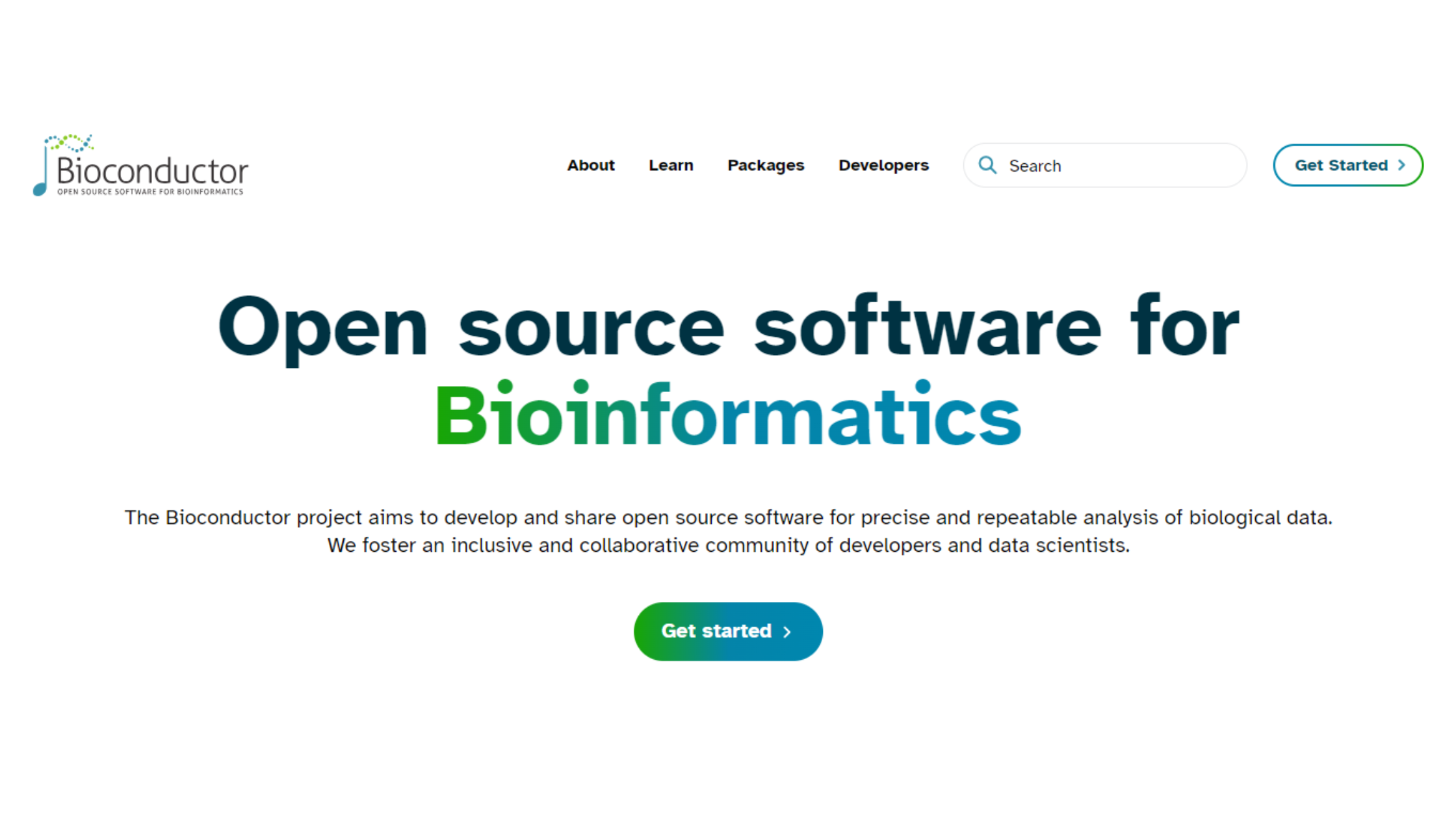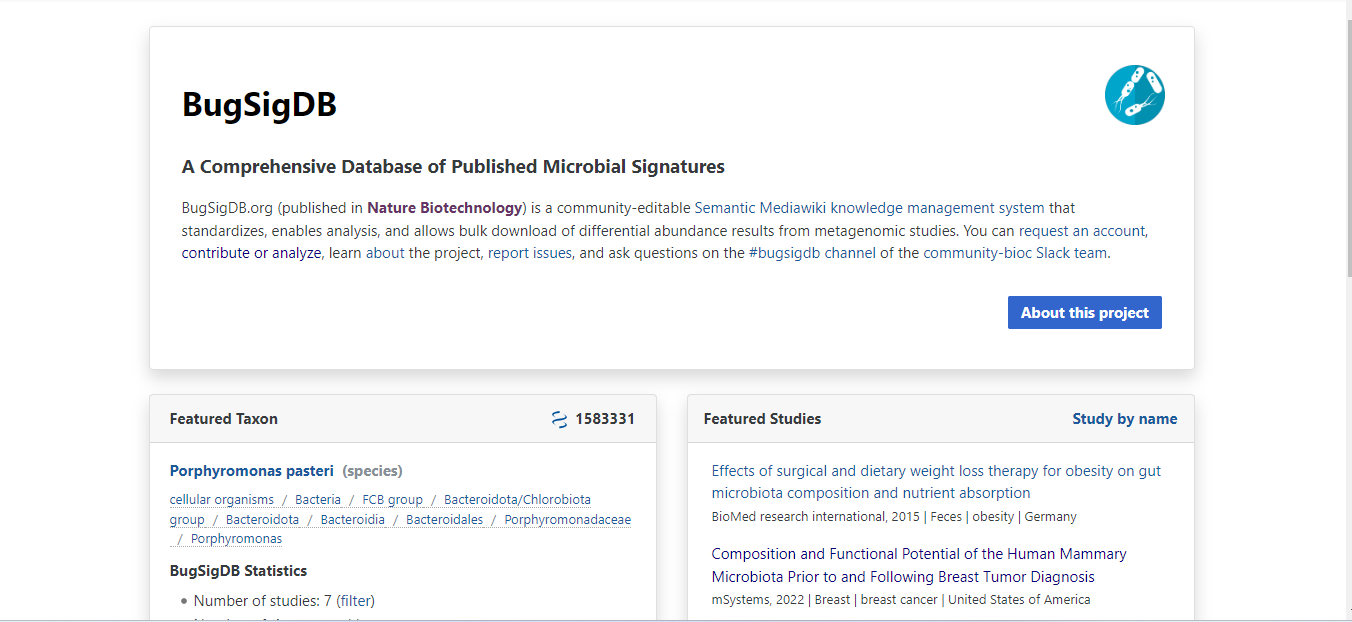BugSigDB: How Your Contributions Can Help Build a Comprehensive Database
 Peace Sandy
Peace Sandy
The free sharing and teaching of open source is incompatible with the notion of the solitary genius. - Golan Levin
Hi Everyone! 👋It's been an amazing five weeks as an intern contributing to the Bioconductor community. In this blog, I decided to share some helpful guidelines, tips, and resources that will help a first-time contributor make a meaningful and exceptional contribution with ease.
Bioconductor Community
The Bioconductor project aims to develop and share open source software for precise and repeatable analysis of biological data. They foster an inclusive and collaborative community of developers and data scientists.
The Bioconductor community values an open approach to science that promotes the sharing of ideas, code, software, and expertise, collaboration, community collaborations, and a kind and welcoming environment.
I'm contributing to the Bioconductor community while actively curating on BugSigDB.
What exactly is BugSigDB?
Imagine a garden bed where each type of plant represents a microbe in the human gut. Some plants are tall and abundant (representing microbes found in higher numbers in certain conditions), while others are small and hidden (representing less common microbes). Each garden section could represent a different body site, like the mouth, skin, or intestine. A magnifying glass could highlight specific microbes and their abundance patterns, showcasing the focus on differential abundance in BugSigDB.
BugSigDB is a manually curated database of microbial signatures from the published literature of differential abundance studies of human and other host microbiomes, as well as environmental microbiomes.

An Image of the BugSigDB Home Page
BugSigDB provides:
Standardized data on geography, health outcomes, host body sites, and experimental, epidemiological, and statistical methods using controlled vocabulary,
Results on microbial diversity,
Microbial signatures standardized to the NCBI taxonomy, and
Identification of published signatures where a microbe has been reported.
Click here to read more about R-side access to published microbial signatures from BugSigDB
Go-To Resources
Before contributing to a project, it's always advisable to read through the project documentation, study materials, and any other resources provided by the project maintainers. This will give you a head start on understanding the product and how you can make meaningful contributions.
Here are some helpful resources that will help new contributors understand more about the project.
The BugSigDB video series is really helpful; it covers a lot of information about the project and will help you gain better insights into what the project is about.
Here is a complete microbiome study that has been reviewed; this will give you a clue as to how studies are curated.
Getting Started as a Contributor
Getting started as a BugSigDB contributor is quite straightforward. The following steps will guide you on how you can make your first contribution to BugSigDB.
Request an account to get started. Fill in all your necessary information and click on the request account button at the bottom of the page.
Read more on the About page to get more information about the project.
To get a detailed explanation of entering studies, experiments, and signatures, refer to the Curation Policy.
BugSigDB usually has weekly curator meetings that you can join to learn more.
To join discussions with administrators and curators, join the #bugsigdb channel of the community-bioc Slack team.
Tiny Drops: Making your First Contribution
Fears of stepping into an open-source project for the first time are understandable. However, with the appropriate materials and documentation as your guide, you can make your initial BugSigDB contribution a reality. Here's how to start.
To curate a new study, click on "Add a study" at the top of the page
The cleanup page consists of certain outstanding wiki issues. Here, you can fix incomplete studies that either have no experiment or signature, duplicate studies, or orphaned experiments and signatures.
Fix improper or missing values.
Goals of BugSigDB
The ultimate objective of BugSigDB is to establish a comprehensive repository of microbiome research focused on identifying signatures of differential microbial abundance across a spectrum of study comparisons.
Imagine you have a giant bookshelf filled with stories about tiny bugs living inside our bodies! These bugs, called microbes, are like little helpers, and BugSigDB wants to collect all the stories about them.
Sometimes, the stories say that the bugs inside one person are different from those inside another. Maybe one person loves eating vegetables, and their bug bookshelf has many veggie-munching bugs. Another person might prefer candy, and their bookshelf has sugar-loving bugs.
BugSigDB wants to be like a super librarian who reads all the stories and sorts them into neat categories. This way, if you ever wanted to know about the bug friends of someone who loves cheese, you could easily find all the stories about cheesy bugs on the special cheese shelf!
By collecting all the stories, BugSigDB can help scientists understand how our tiny bug friends affect our health, how they change depending on what we eat or how we live, and maybe even how to keep them happy and healthy!
Challenges of Contributing to Open Source
While contributing to open source can be incredibly rewarding, the initial road to impactful contributions can be daunting. I remember feeling the same way when I first heard about open source; I thought I needed expert-level skillsets to even begin. But the truth is, making your first contribution is much more approachable than you might think. It's all about finding the right project, starting small, and embracing the learning journey.
Conclusion
This article gives detailed insights to a first-time contributor who is interested in contributing to the BugSigDB project through the Bioconductor Community. The steps listed above will properly guide a first-time contributor to make meaningful and excellent contributions.
I'd love to connect with you on Twitter | LinkedIn | GitHub
See you in my next blog article. Take care!!!
Subscribe to my newsletter
Read articles from Peace Sandy directly inside your inbox. Subscribe to the newsletter, and don't miss out.
Written by

Peace Sandy
Peace Sandy
Technical Writer